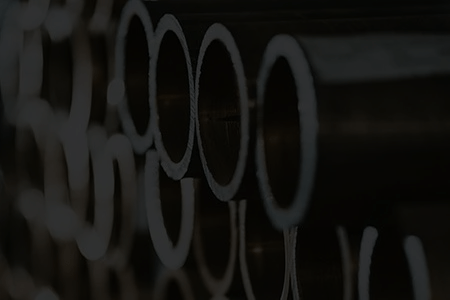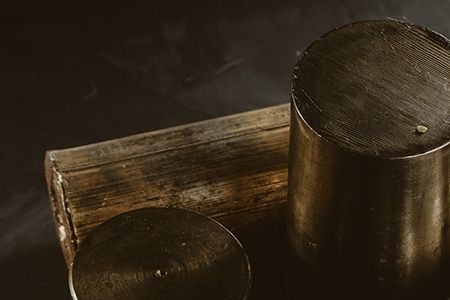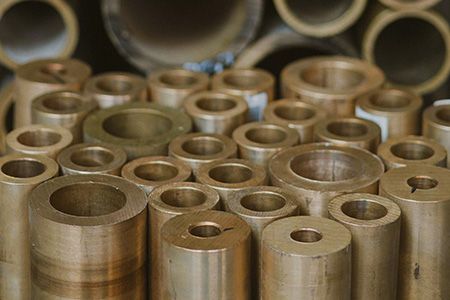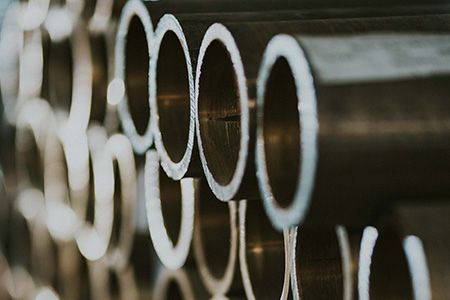The bronze alloy carries so much weight throughout the human history that the period between 3000 B.C. and 1200 B.C. is known as the Bronze Age, an era of civilization in which this metallic alloy, resulting from the mixture between copper and tin, was adopted by many regions of the planet.
Bronze is a metallic alloy that derives mainly from copper, but the addition of other metals in its composition, such as nickel, tin, zinc, and aluminum, gives it unique characteristics, like an increased mechanical resistance and the firmness of the material.
Other outstanding properties are its high resistance against corrosion and frictional wear, which makes bronze a widely used material in bearings and gears.
Variations and applications of bronze alloys
The bronze alloy is a very wide-ranging material with regard to its compositions and applications. In its different chemical structures, bronze may be used for the production of screws, decorative objects, and even in bearings and gears.
Bronze composition formulas need to vary in order to meet different production demands, and some of them are:
In this composition, with about 2% zinc, bronze alloys are most commonly used in the manufacture of screws, nuts, and valves. In the presence of moisture, zinc has a chemical property that forms a surface “layer” of carbon oxide, and this characteristic ends up providing bronze with extra corrosion resistance.
Bronze alloys produced with lead in its composition are also known as “red bronze”. The presence of lead can vary between 7%, 8%, 12%, and 15%, and, in these formations, the metallic alloy receives mechanical, thermal, and chemical resistance properties. With these characteristics, red bronze is now in great demand for the manufacture of handicraft items and musical instruments.
With variations ranging from 6%, 12%, up to 20% aluminum in the composition, this bronze alloy is very useful for the manufacture of equipment and valves that require high hardness combined with the lightness of this element.
The above characteristics are added to bronze’s mechanical and chemical resistance, which makes this composition very sought after for the production of friction-resistant parts such as propellers for various equipment, agricultural irrigation cannons, water pumps, and even in the production of pesticide application equipment.
In this mixture, it is usually used 15% of the manganese element, which is characterized by its high chemical resistance. For this reason, this bronze composition is widely used in sewage pipes, water treatment equipment, and even in chemical industries for strategic purposes.
Also known as phosphor bronze, it has about 15% phosphorus in this composition, which grants the alloy excellent machinability, formability, and highly reduced friction (antifriction) properties. This alloy is essential for equipment that requires lubrication for a long period of time, such as piston rings, hydraulic material, bushings, bearings, and gears.
Coppermetal is a distributor of steel, metals, and metallic alloys with almost 30 years of commitment to the quality of the products and services provided. If your industry has a demand for bronze alloys, Contact our sales team and request a proposal right now!
Related
Products
Check out our wide range of products and find out at Coppermetal the best solution for your company.






